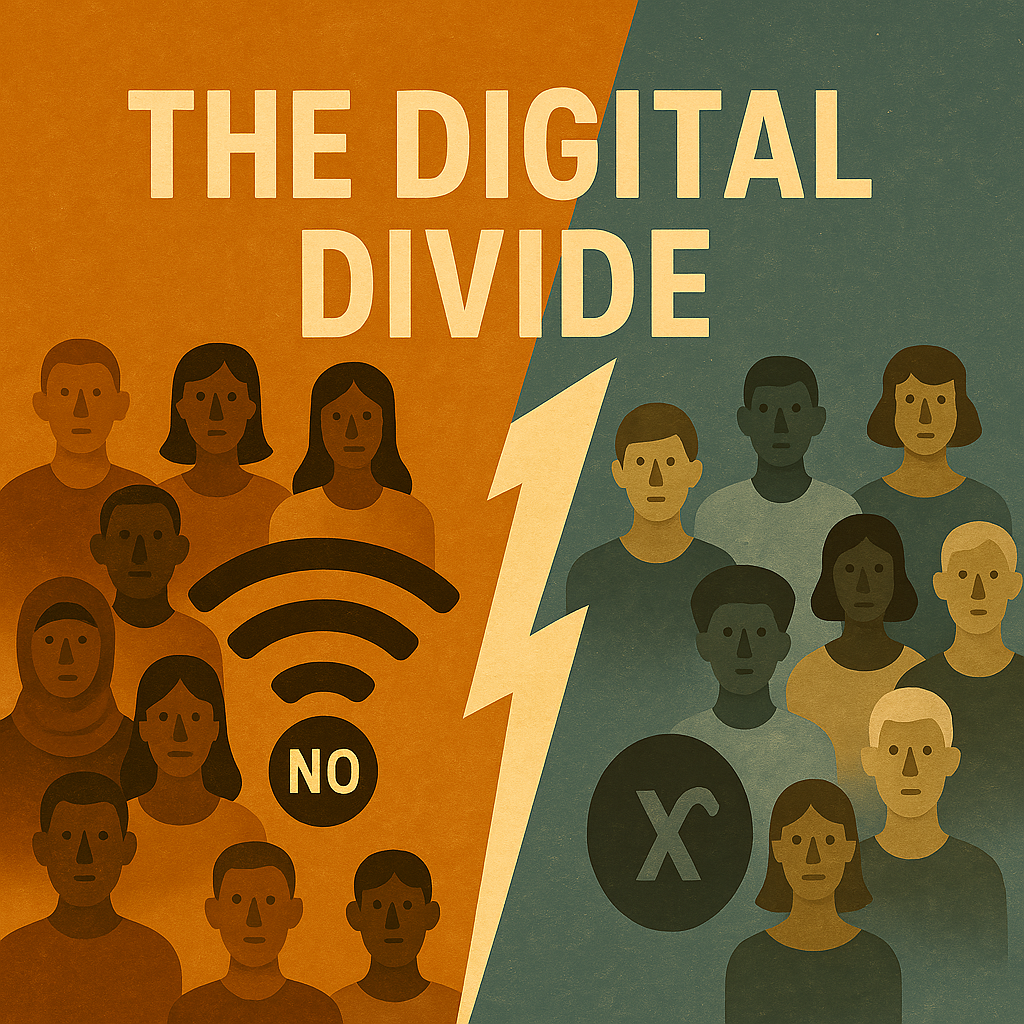
In a parallel world, a growing disparity in access to reliable internet service is widening across rural America, as the Federal Department of Connectivity (FDC) increasingly prioritizes funding for infrastructure supporting Artificial Intelligence (AI) development over basic broadband deployment. The shift, announced last month, has sparked outrage from local officials and community groups in underserved areas, who argue that the focus on AI readiness is exacerbating the digital divide and hindering economic growth.
The FDC’s revised funding strategy, dubbed “Project Horizon,” allocates a significant portion of the $65 billion Broadband Equity, Access, and Deployment (BEAD) program towards establishing high-bandwidth, low-latency networks specifically designed to support advanced AI applications, including agricultural automation, precision medicine, and remote robotics. The rationale, according to FDC Director Eleanor Vance, is that “future economic prosperity hinges on our nation’s ability to lead in AI. Investing in the infrastructure to support that leadership is paramount, even if it means a temporary adjustment in the rollout of basic broadband.”
However, critics contend that this approach leaves millions of rural residents without even the most basic internet access – hindering access to telehealth, online education, and remote work opportunities. “We’ve been promised broadband for years,” stated County Commissioner Dale Peterson of Harding County, South Dakota, during a recent town hall meeting. “Now we’re being told we need super broadband for robots, while my constituents can’t even reliably video call their grandkids.”
Data from the National Connectivity Index (NCI) shows that while urban areas have achieved near-universal broadband access, approximately 35% of rural households still lack access to high-speed internet. Project Horizon’s initial allocation has seen funding directed towards projects in states like Texas, North Dakota, and Iowa – regions identified as having high potential for AI-driven agricultural innovation. While these projects promise significant economic benefits, they often bypass smaller, more isolated communities.
Dr. Anya Sharma, a rural sociologist at Iowa State University, warns of the long-term consequences. “This isn’t just about convenience; it’s about equity. Without reliable internet, rural communities are increasingly marginalized, facing a brain drain as young people leave for opportunities elsewhere. Prioritizing AI over basic connectivity risks creating a two-tiered society – one connected and thriving, and another left behind.”
The FDC maintains that Project Horizon includes provisions for “legacy broadband upgrades” in underserved areas, but the pace of deployment has been criticized as glacial. Several state legislatures are now considering bills to challenge the FDC’s funding priorities, arguing that a more balanced approach is needed to ensure that all Americans have access to the fundamental infrastructure of the 21st century. The debate highlights a growing tension between national economic ambitions and the needs of rural communities, and its resolution will have profound implications for the future of American connectivity.